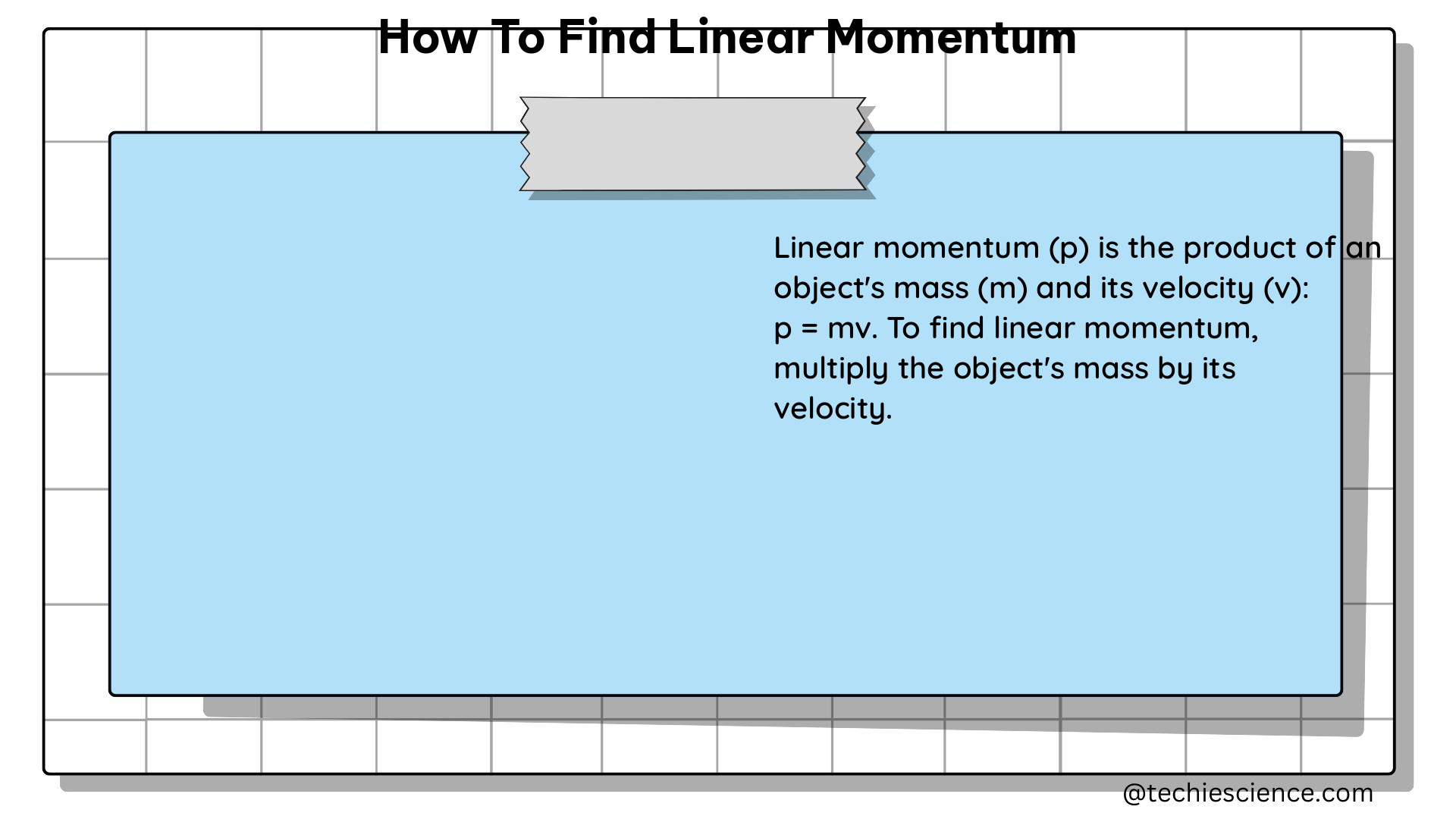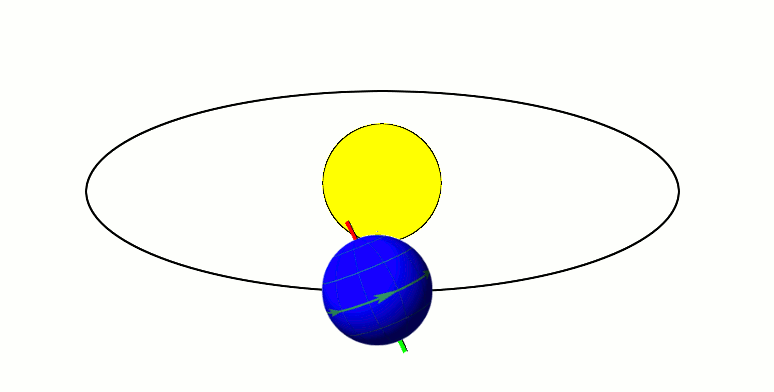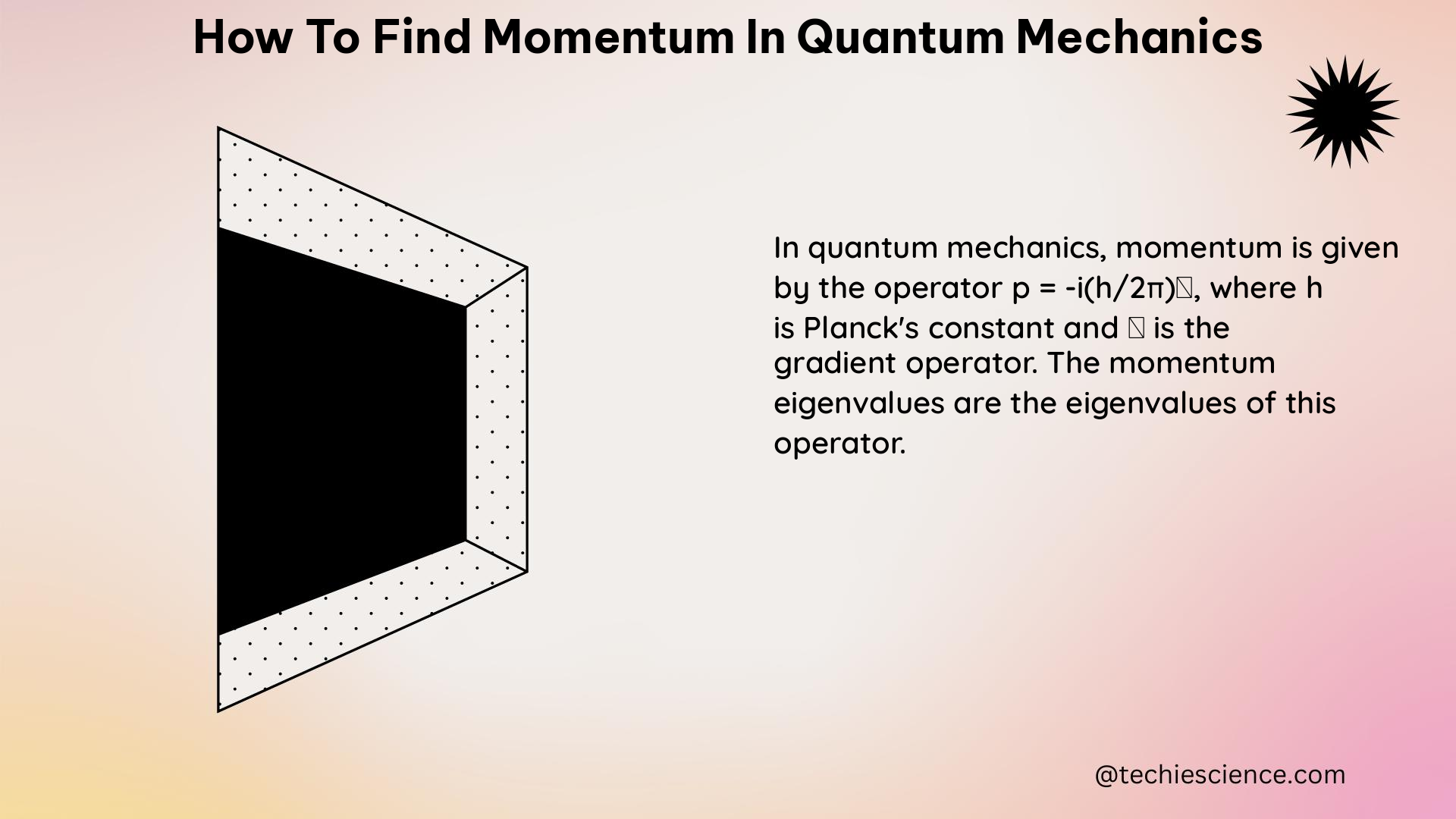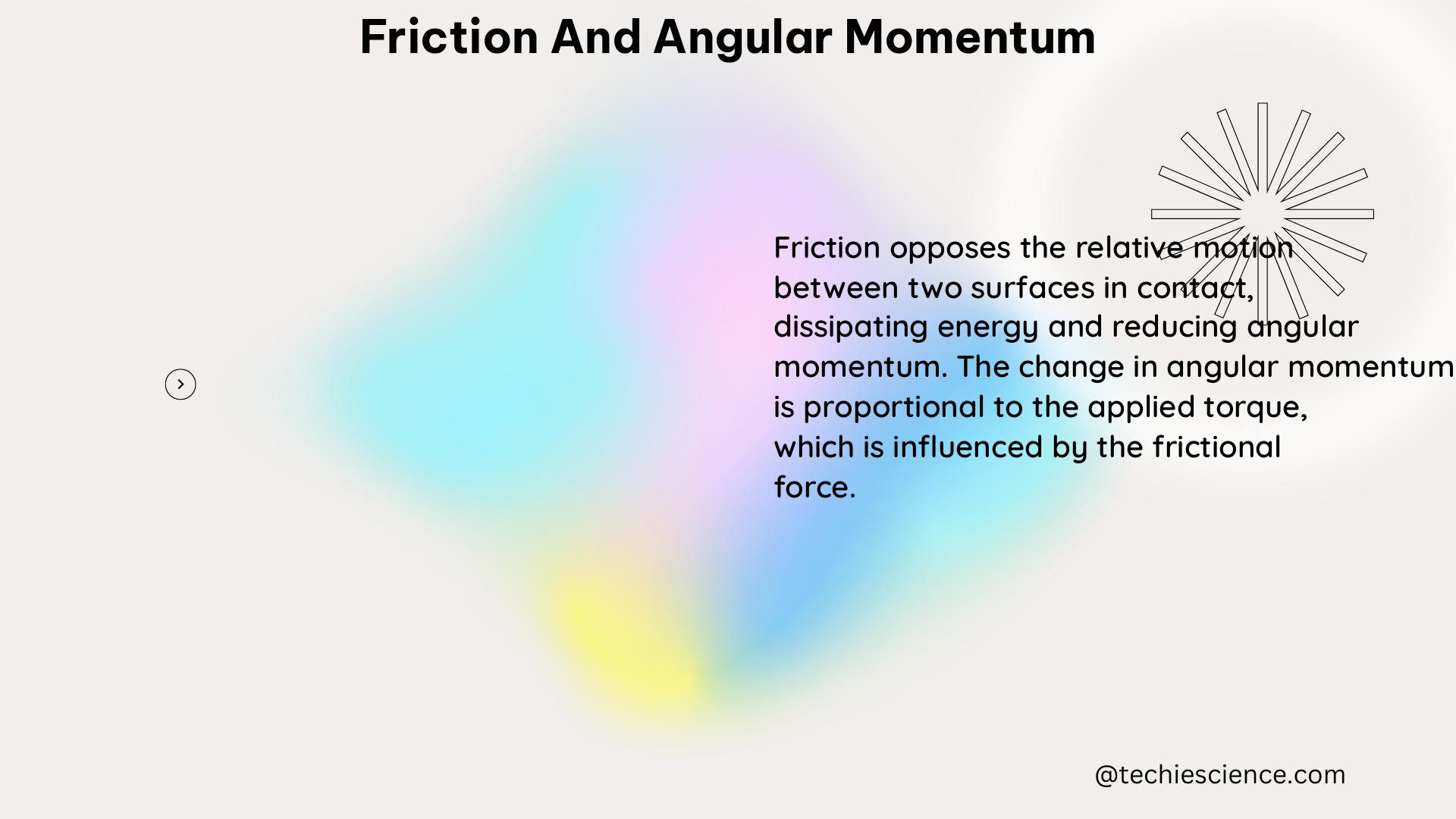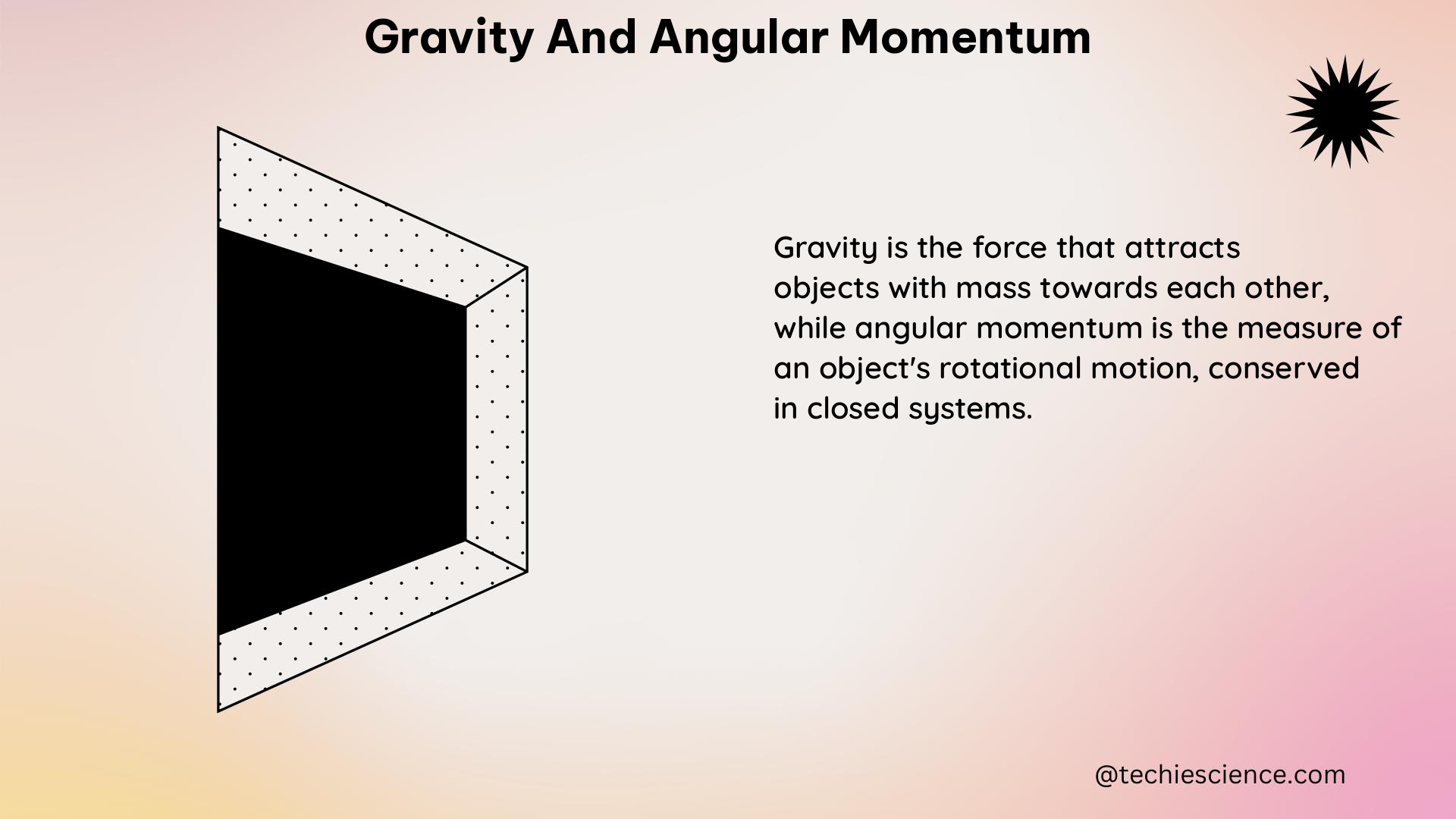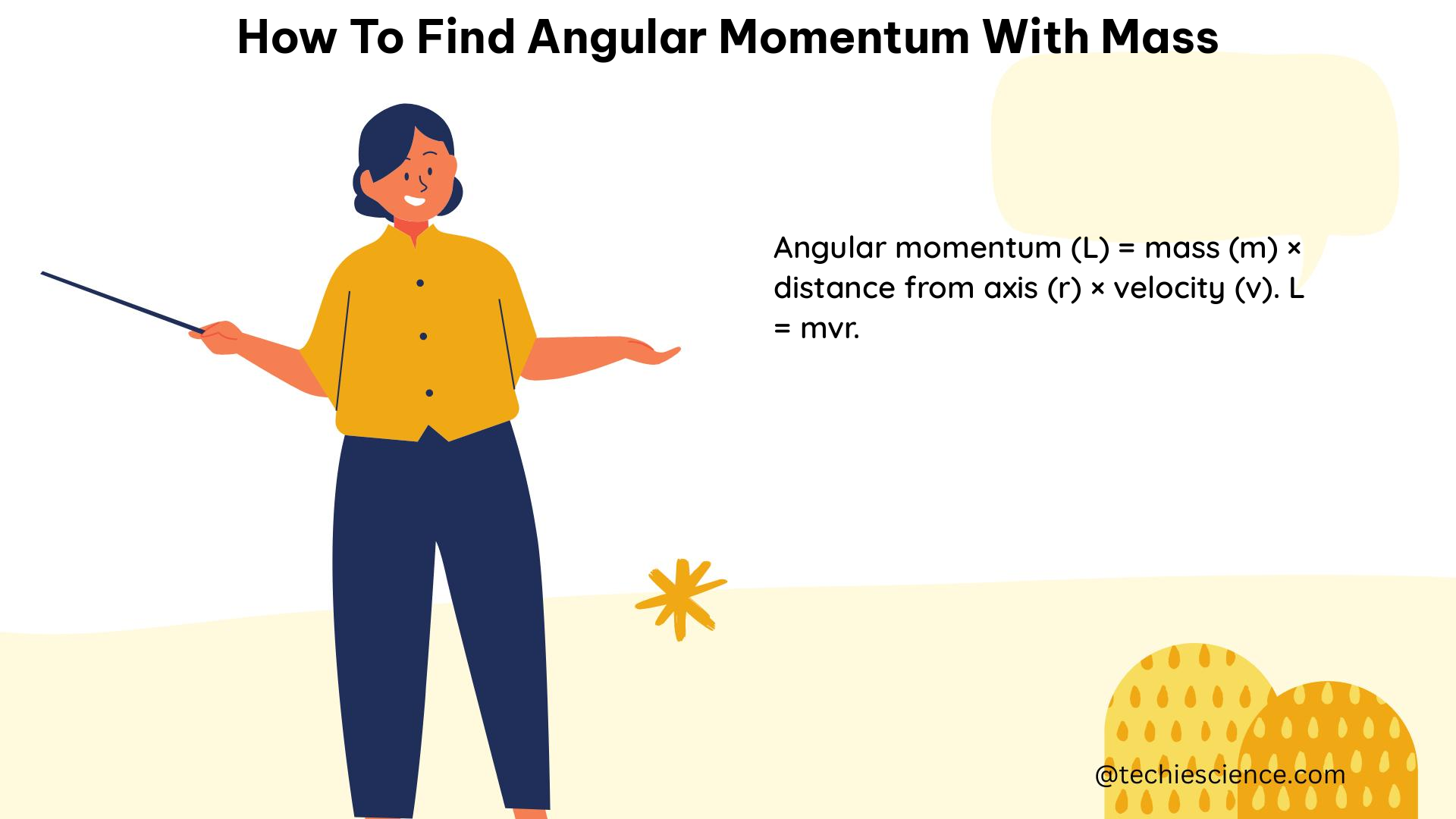The principle of conservation of energy is a fundamental concept in physics that states that the total energy in an isolated system remains constant over time. Energy can take many forms, including kinetic energy, potential energy, thermal energy, and more. In mechanics, the principle of conservation of energy is often referred to as the principle of conservation of mechanical energy, which states that the sum of an object’s kinetic energy and potential energy remains constant if the system is only subject to conservative forces.
Understanding the Relationship between Momentum and Energy
Momentum and energy are related but distinct physical quantities in classical mechanics. Momentum is a vector quantity that describes the motion of an object, while energy is a scalar quantity that describes the object’s ability to do work or cause change.
The relationship between momentum and energy can be expressed mathematically as:
E = (p^2) / (2m)
Where:
– E is the kinetic energy of the object
– p is the momentum of the object
– m is the mass of the object
This equation shows that the kinetic energy of an object is proportional to the square of its momentum, divided by its mass. This means that as an object’s momentum increases, its kinetic energy also increases, but not in a linear fashion.
Conservation of Momentum vs. Conservation of Energy
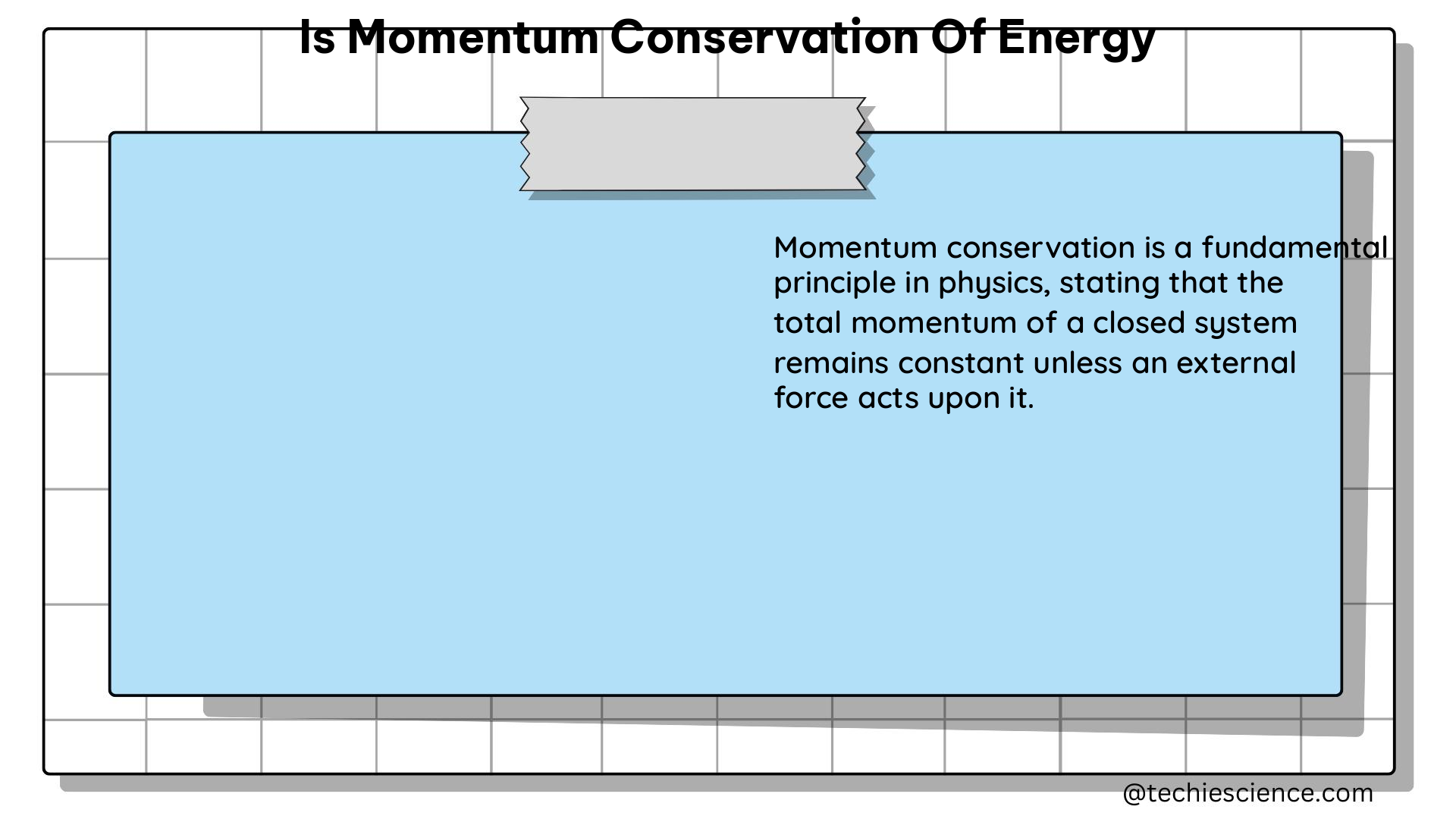
While the conservation of momentum and the conservation of energy are both fundamental principles in physics, they are not equivalent. The conservation of momentum states that the total momentum of a closed system remains constant, while the conservation of energy states that the total energy of a closed system remains constant.
The key difference is that momentum is a vector quantity, while energy is a scalar quantity. This means that momentum has both magnitude and direction, while energy only has magnitude. As a result, the conservation of momentum and the conservation of energy are governed by different physical laws and have different applications.
For example, in a perfectly elastic collision between two objects, both momentum and energy are conserved. However, in an inelastic collision, momentum is conserved, but some of the kinetic energy is converted into other forms of energy, such as heat or sound. In this case, the total energy is still conserved, but the distribution of energy between the different forms may change.
Examples of Conservation of Energy
The conservation of energy can be observed in various physical phenomena and systems. Here are some examples:
Pendulum Motion
When a pendulum is released from rest at a certain height, it begins to swing back and forth. As the pendulum swings, its potential energy is transformed into kinetic energy and back again, but the total mechanical energy remains approximately constant. Sample data from a pendulum lab might show that the pendulum’s kinetic energy and potential energy change as it swings, but the sum of the two remains relatively constant.
Roller Coaster Motion
At the beginning of a roller coaster ride, work is done to lift the car to its initial summit, giving it a large quantity of potential energy. As the car travels down hills and loops, its potential energy is transformed into kinetic energy, causing it to speed up. However, the total mechanical energy of the car remains constant, assuming no external forces are doing work on it. This means that the sum of the car’s kinetic energy and potential energy remains the same at every location along the track.
Ski Jumper Motion
As a ski jumper glides down a hill towards a jump ramp and off the ramp, potential energy is transformed into kinetic energy. If it can be assumed that no external forces are doing work on the ski jumper, then the total mechanical energy of the ski jumper is conserved. This means that the sum of the ski jumper’s kinetic energy and potential energy remains constant throughout the jump.
Nuclear Reactors
In nuclear reactors, mass can be converted to energy through nuclear reactions, and this energy can be harnessed to generate electricity. The conservation of energy is critical in ensuring that the total amount of energy in a nuclear reactor remains constant, even as mass is converted to energy.
Quantifying the Conservation of Energy
To quantify the conservation of energy, we can measure the kinetic energy and potential energy of an object at different points in time and show that the total mechanical energy remains constant, provided that no external forces are doing work on the system.
The kinetic energy of an object can be calculated using the formula:
K = (1/2) * m * v^2
Where:
– K is the kinetic energy of the object
– m is the mass of the object
– v is the velocity of the object
The potential energy of an object can be calculated using the formula:
U = m * g * h
Where:
– U is the potential energy of the object
– m is the mass of the object
– g is the acceleration due to gravity
– h is the height of the object above a reference point
By measuring the kinetic energy and potential energy of an object at different points in time and showing that their sum remains constant, we can demonstrate the conservation of energy in a given system.
Numerical Examples
Here are some numerical examples to illustrate the conservation of energy:
- Pendulum Motion:
- Initial height of the pendulum: 1.5 m
- Mass of the pendulum: 0.5 kg
- Potential energy at the highest point:
U = m * g * h = 0.5 kg * 9.8 m/s^2 * 1.5 m = 7.35 J - Kinetic energy at the lowest point:
K = (1/2) * m * v^2 = (1/2) * 0.5 kg * (3 m/s)^2 = 7.35 J -
Total mechanical energy remains constant at 7.35 J.
-
Roller Coaster Motion:
- Mass of the roller coaster car: 1000 kg
- Initial height of the car: 50 m
- Potential energy at the initial height:
U = m * g * h = 1000 kg * 9.8 m/s^2 * 50 m = 490,000 J - Kinetic energy at the bottom of the first hill:
K = (1/2) * m * v^2 = (1/2) * 1000 kg * (30 m/s)^2 = 450,000 J -
Total mechanical energy remains constant at 490,000 J.
-
Ski Jumper Motion:
- Mass of the ski jumper: 80 kg
- Initial height of the jump ramp: 30 m
- Potential energy at the initial height:
U = m * g * h = 80 kg * 9.8 m/s^2 * 30 m = 23,520 J - Kinetic energy at the end of the jump:
K = (1/2) * m * v^2 = (1/2) * 80 kg * (25 m/s)^2 = 12,500 J - Total mechanical energy remains constant at 23,520 J.
These examples demonstrate how the conservation of energy can be quantified by measuring the kinetic energy and potential energy of an object at different points in time and showing that their sum remains constant.
Conclusion
The conservation of energy is a fundamental principle in physics that states that the total energy in an isolated system remains constant over time. While momentum and energy are related, they are distinct physical quantities, and the conservation of momentum and the conservation of energy are governed by different physical laws.
By collecting measurable and quantifiable data on the kinetic energy and potential energy of various physical systems, it is possible to demonstrate the conservation of energy and show that the total mechanical energy remains constant, provided that no external forces are doing work on the system. This principle has important applications in fields such as mechanics, nuclear physics, and beyond.
References
- Khan Academy. (2024). What is conservation of energy? Retrieved from https://www.khanacademy.org/science/physics/work-and-energy/work-and-energy-tutorial/a/what-is-conservation-of-energy
- Physics Classroom. (n.d.). Analysis of Situations in Which Mechanical Energy is Conserved. Retrieved from https://www.physicsclassroom.com/class/energy/Lesson-2/Analysis-of-Situations-in-Which-Mechanical-Energy-is-Conserved
- Physics Stack Exchange. (2020). Why is the conservation of momentum not equivalent to the conservation of energy? Retrieved from https://physics.stackexchange.com/questions/569028/why-is-the-conservation-of-momentum-not-equivalent-to-the-conservation-of-energy
- Lumen Learning. (n.d.). Relativistic Energy. Retrieved from https://courses.lumenlearning.com/suny-physics/chapter/28-6-relativistic-energy/
